ESA Space Science News
|
The European Space Agency (ESA)
is Europe’s gateway to space. Its mission is to shape the development of Europe’s space capability and ensure that investment in space continues to deliver benefits to the citizens of Europe and the world. |
|||||||||||||||||
|








 Feed
Feed Scan with QR Code Reader
Scan with QR Code Reader mobi
mobi





 Image:
Image:
 Video:
00:03:23
Video:
00:03:23

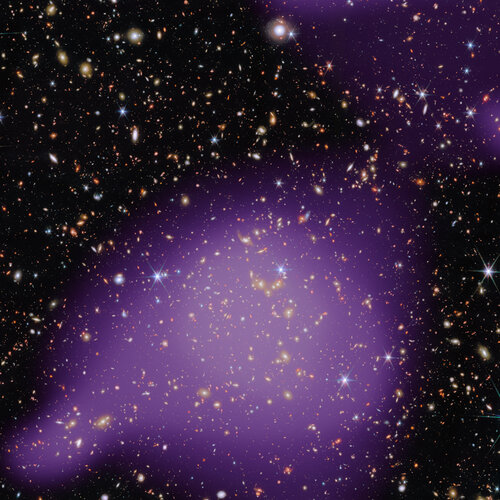 Image:
Webb: A visual feast of galaxies, from infrared to X-ray
Image:
Webb: A visual feast of galaxies, from infrared to X-ray Image:
Solar Orbiter’s widest high-resolution view of the Sun
Image:
Solar Orbiter’s widest high-resolution view of the Sun 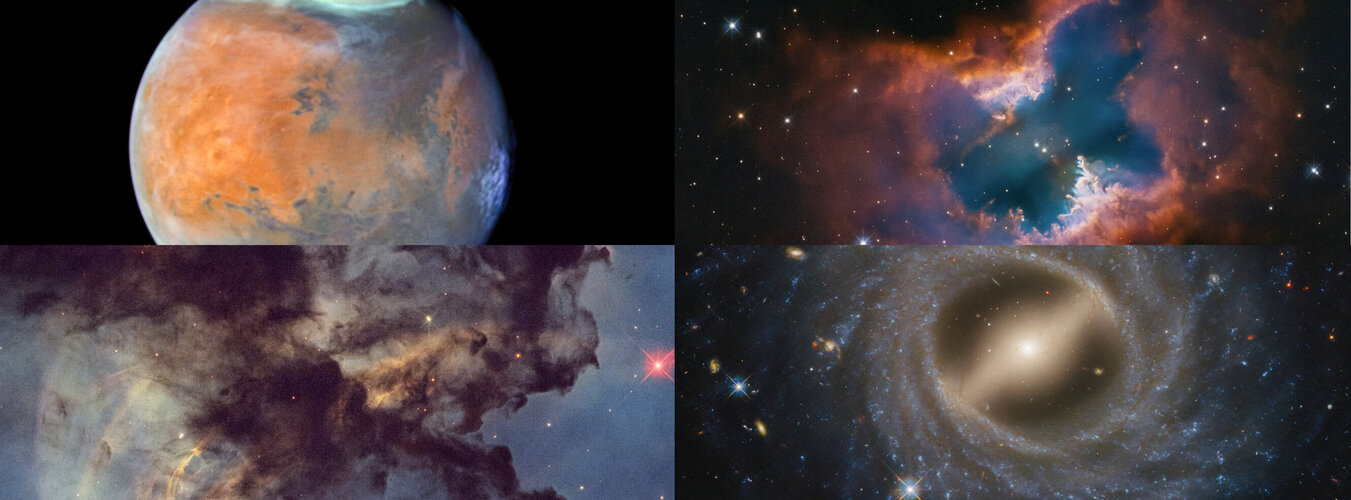

 Image:
Sombrero Galaxy
Image:
Sombrero Galaxy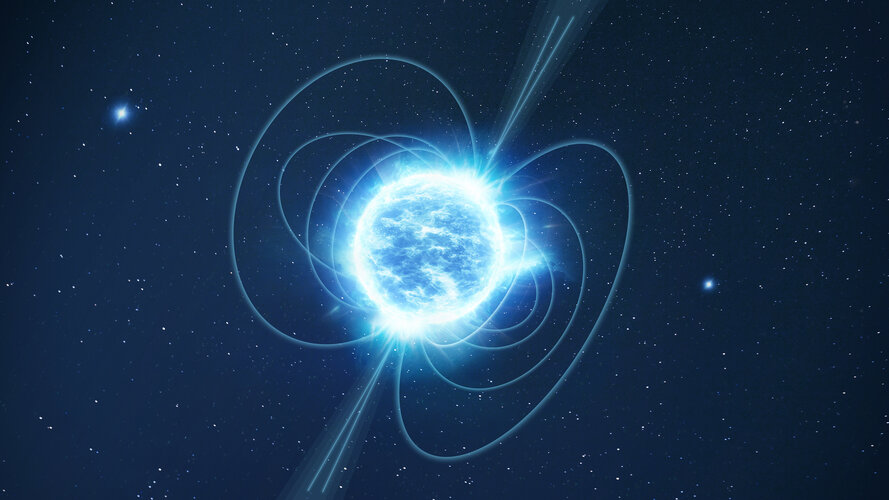
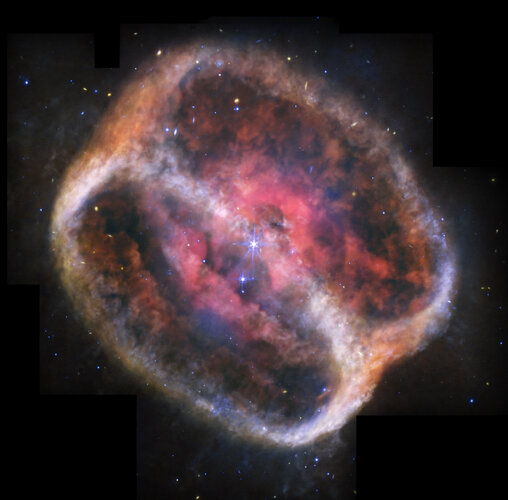 Image:
Planetary Nebula NGC 1514 (MIRI image)
Image:
Planetary Nebula NGC 1514 (MIRI image) Video:
00:05:23
Video:
00:05:23
 Video:
00:00:43
Video:
00:00:43
 Video:
00:06:44
Video:
00:06:44
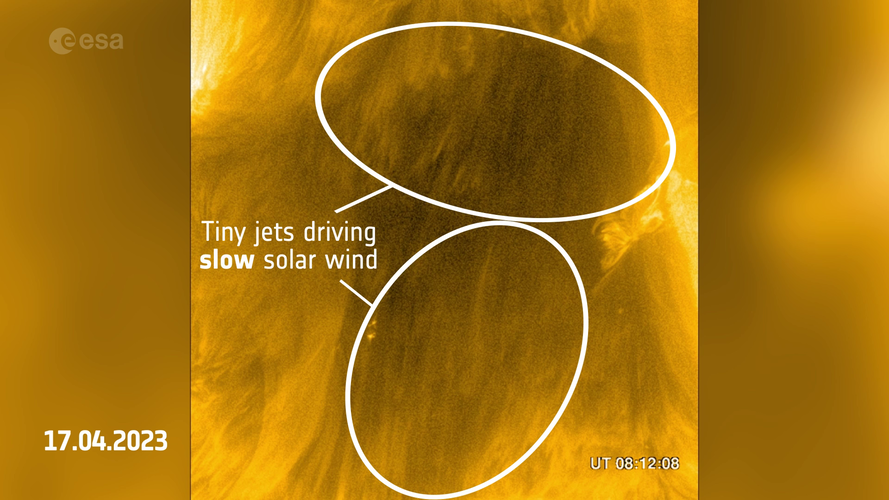 Video:
00:00:40
Video:
00:00:40